If you're living with Polycystic Ovary Syndrome (PCOS), improving flexibility isn’t just about touching your toes—it’s a powerful step toward better hormone regulation, reduced inflammation, and improved insulin sensitivity. Yet, many women start strong but plateau quickly, unaware of common missteps that quietly sabotage progress.
The good news? With the right approach—starting fast, staying consistent, and measuring results weekly—you can overcome these barriers and see real, measurable changes in your body’s mobility and overall well-being.
PCOS is often linked with insulin resistance, chronic inflammation, and elevated stress hormones like cortisol. Regular flexibility training—especially dynamic stretching, yoga, and mobility work—can help lower cortisol, improve circulation, and support metabolic health. But only if done correctly.
Below are 10 common mistakes that may be holding you back, along with actionable solutions to help you move forward with confidence.
Jumping straight into deep stretches on cold muscles increases injury risk and reduces effectiveness. Cold tissues are less pliable, making progress slow and potentially painful.
Solution: Always begin with 5–10 minutes of light cardio—like brisk walking or marching in place—followed by dynamic stretches (arm circles, leg swings) to prepare your body.
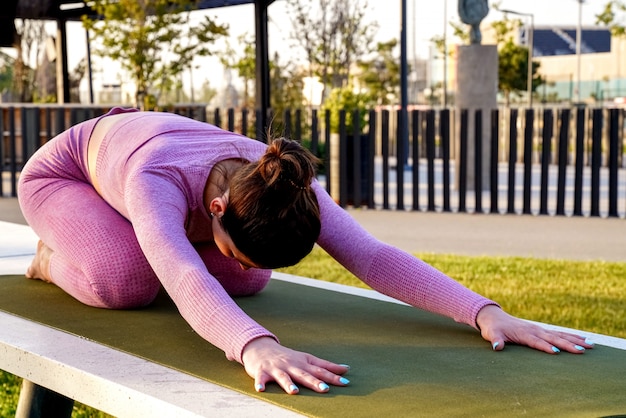
Flexibility is not about pushing to the point of pain. For women with PCOS, who may already experience heightened inflammation, aggressive stretching can trigger muscle guarding and delay progress.
Solution: Use the "comfortable edge" principle—stretch to the point of mild tension, not pain. Hold for 20–30 seconds and breathe deeply to encourage muscle release.
Doing intense sessions once a week won’t yield lasting change. Flexibility requires neuromuscular adaptation, which thrives on frequency.
Solution: Aim for 5–10 minutes daily. Even short sessions build momentum. Consistency beats duration every time.
Without measurement, it’s hard to stay motivated. Many women assume they’re not improving when they simply aren’t tracking objectively.
Solution: Every Sunday, measure simple markers: how far you can reach in a seated forward bend, shoulder mobility, or hip rotation. Use photos or a journal to log changes.

Shallow breathing increases tension and limits muscle relaxation. For PCOS, where stress hormones are often elevated, proper breathwork is essential.
Solution: Practice diaphragmatic breathing during stretches—inhale deeply through the nose, expand the belly, and exhale slowly. This activates the parasympathetic nervous system, aiding flexibility.
While hip and hamstring tightness is common in PCOS due to sedentary lifestyles, neglecting the spine, shoulders, and ankles creates imbalances.
Solution: Adopt a full-body mobility routine. Include cat-cow stretches, thoracic rotations, and ankle circles to improve overall movement quality.
Muscles are 75% water. Dehydration makes connective tissues stiff and less responsive. Women with PCOS often struggle with fluid retention, leading them to drink less—but this backfires.
Solution: Aim for 2–2.5 liters of water daily. Pair with magnesium-rich foods (spinach, pumpkin seeds) to support muscle relaxation and reduce cramping.

Poor sleep disrupts muscle repair and increases cortisol—both of which hinder flexibility gains. Women with PCOS are more prone to sleep disturbances like insomnia or sleep apnea.
Solution: Prioritize 7–8 hours of quality sleep. Establish a bedtime routine and consider gentle evening stretches to signal the body to wind down.
Passive stretching (e.g., sitting in a split) has its place, but active flexibility—using your own muscles to move into a stretch—is more functional and sustainable.
Solution: Incorporate active mobility drills like leg lifts, controlled lunges, and yoga flows to build strength within range of motion.
PCOS often means irregular cycles and hormonal imbalances. Flexibility can vary across the month—joints may feel looser or tighter depending on hormone levels.
Solution: Track your symptoms alongside your flexibility routine. Adjust intensity based on how you feel, not just the calendar.
The key to lasting flexibility gains with PCOS is a structured, mindful approach. Begin with just 5 minutes a day. Choose a routine that feels sustainable. And every Sunday, take 10 minutes to assess and record your progress.
Over time, you’ll notice not just improved mobility, but better energy, reduced discomfort, and greater confidence in your body’s capabilities.
Your journey to greater flexibility isn’t just about movement—it’s a vital part of reclaiming balance with PCOS.

Wellness

Wellness

Wellness

Wellness

Fitness
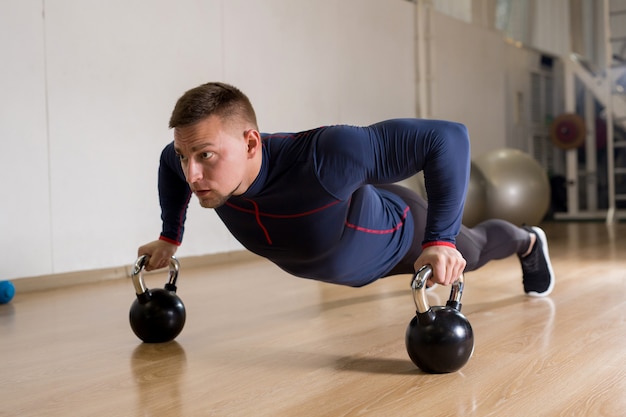
Fitness
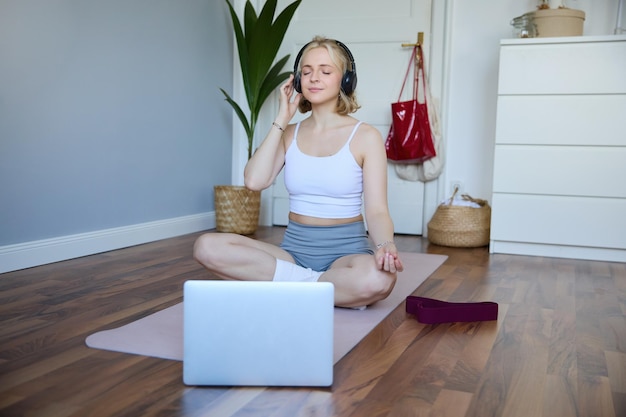
Fitness

Wellness

Fitness
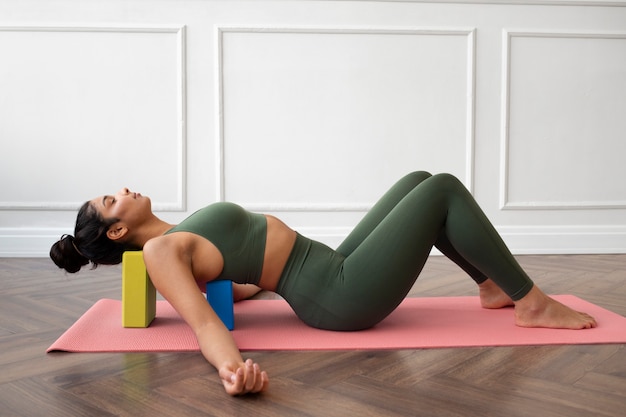
Fitness
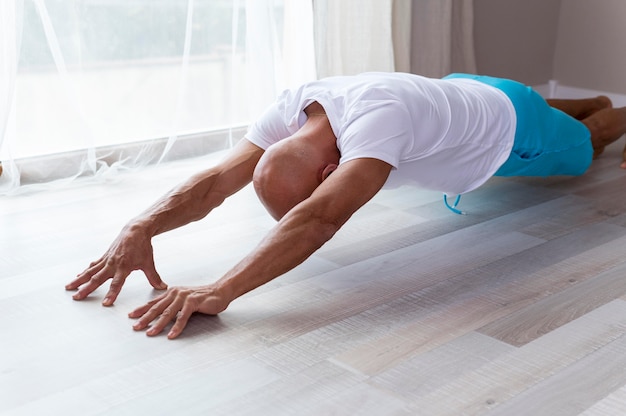
Wellness

Wellness

Health

Fitness

Health

Health